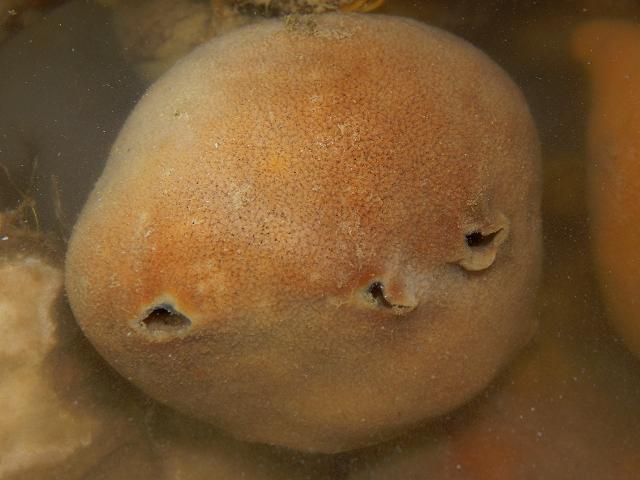
APHOTOMARINE
An educational resource dedicated mainly to the photography
and diversity of marine life that can be found in coastal waters
and intertidal areas of Great Britain and Ireland by David Fenwick.

Suberites ficus (Johnston, 1842) Group - Sea orange, Sulphur or Fig sponge -1 (Porifera / Sponge images)
Scroll down and rollover titles to change screen image or click on title to view image.
Sea orange / Sulphur sponge
Suberites ficus Group
- on marina pontoon 1
Suberites ficus Group
- on marina pontoon 1
Sea orange / Sulphur sponge
Suberites ficus Group
- on marina pontoon 2
Specimen above found attached to a pontoon at Mylor Marina, Mylor Churchtown, near Falmouth, Cornwall. 11.03.17.
Sea orange / Sulphur sponge
Suberites ficus Group
- on marina pontoon 3
Sea orange / Sulphur sponge
Suberites ficus Group
- on marina pontoon 4
Sea orange / Sulphur sponge
Suberites ficus Group
- on marina pontoon 5
Sea orange / Sulphur sponge
Suberites ficus Group
- spicules 1
Sea orange / Sulphur sponge
Suberites ficus Group
- spicules with 0.1mm rule 1
Sea orange / Sulphur sponge
Suberites ficus Group
- spicules with 0.1mm rule 2
Sea orange / Sulphur sponge
Suberites ficus Group
- spicules with 0.1mm rule 3
Sea orange / Sulphur sponge
Suberites ficus Group
ectosome from surface layer 1
Specimen above found attached to a pontoon at Mylor Marina, Mylor Churchtown, near Falmouth, Cornwall. 03.09.15.
Sea orange / Sulphur sponge
Suberites ficus Group
- on rock / lowershore 1
Sea orange / Sulphur sponge
Suberites ficus Group
- on rock / lowershore 2
Above images taken on the extreme lowershore at Spit Point, Par, near St. Austell; Cornwall, 31.03.10.
Scientific and European Names:
Suberites ficus, Suberites domuncula, Sea orange, Fig sponge, Sulphur sponge, Hermit sponge, Einsiedler-Korkschwamm, Feigenschwamm, Vijgspons, Orange de mer, Suberite figue, Esponja del ermitano, Spugna del paguro.

The main objective of this website is in furthering environmental awareness and education through the medium of photography. To increase awareness and access to the wildlife of the region and help
people find and identify it. Sometimes the difference between species is obvious but many species can only be determined by observing microscopic characteristics that are specific to any one species.